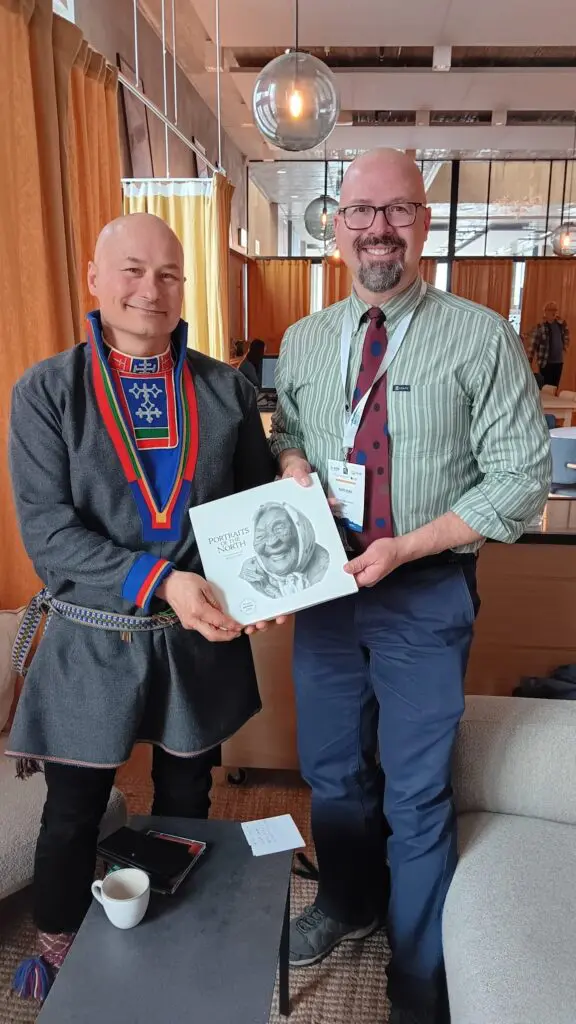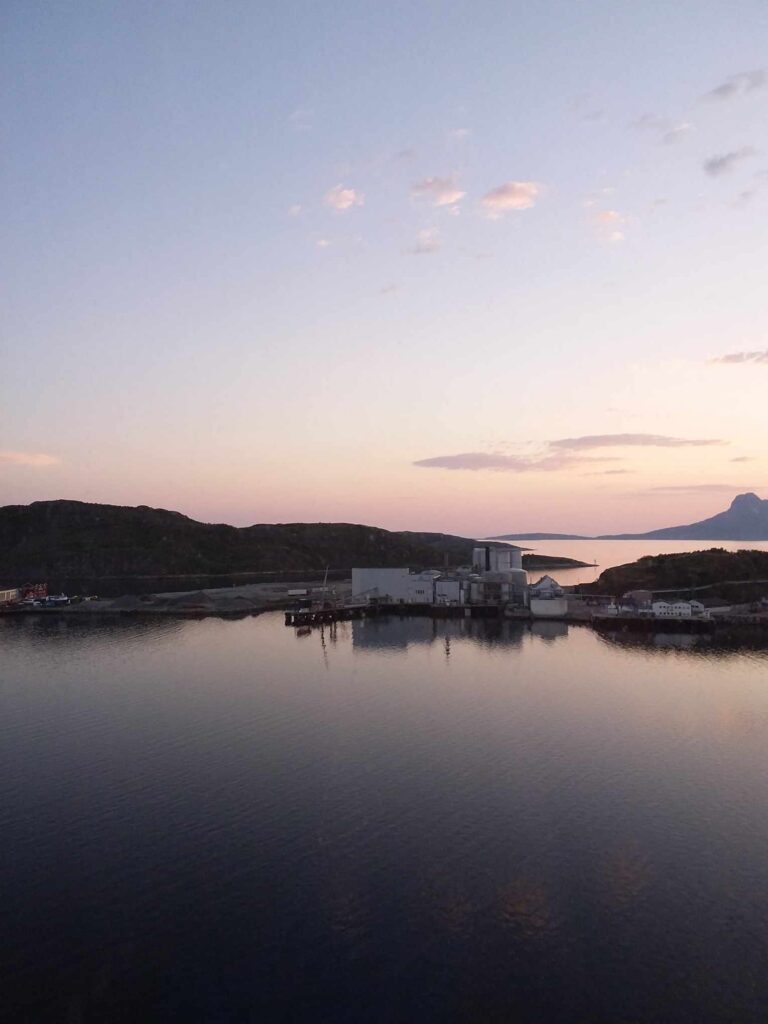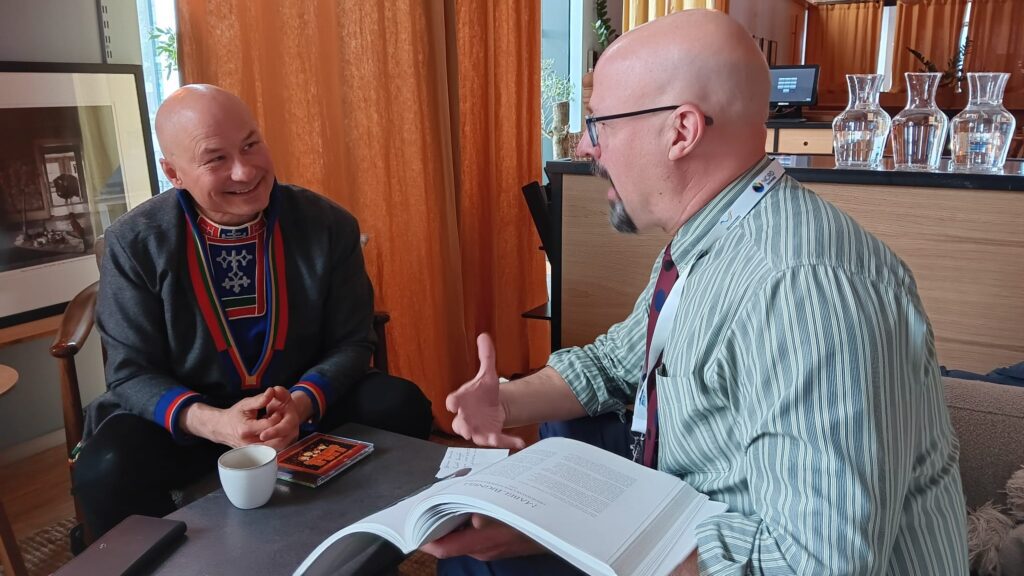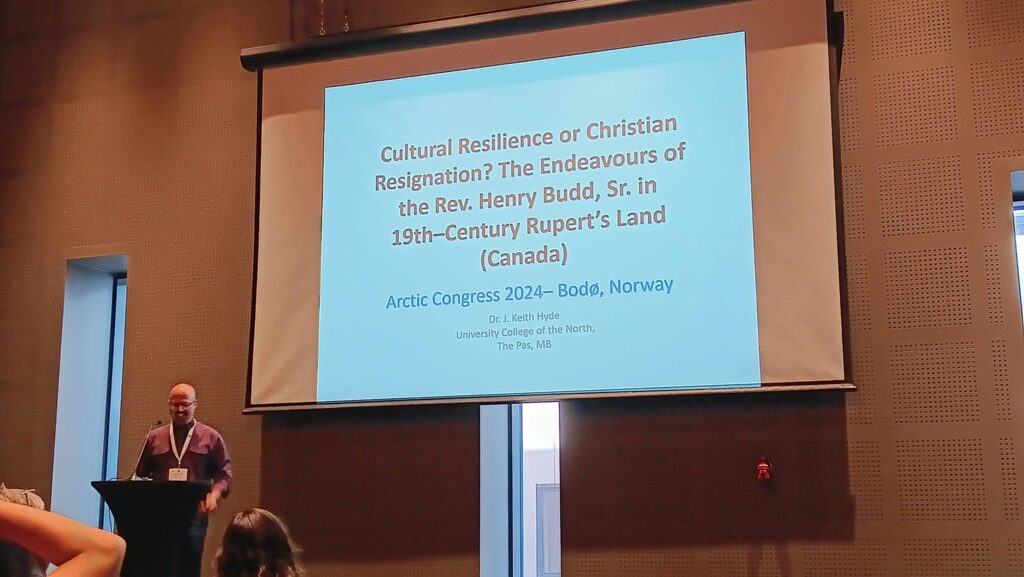
From May 30 to June 1, Dr. Keith Hyde represented the University College of the North at the Arctic Congress in Bodø, Norway. On the opening day, he shared his northern Manitoban research in a presentation entitled “Cultural Resilience or Christian Resignation? The Endeavours of the Rev. Henry Budd, Sr. in 19th-Century Rupert’s Land.” The presentation attracted an audience of 25 scholars from several of the eight Arctic states. It was part of a thematic session on “People of the North: Examining the Societal Dynamics of Resilience in the Arctic.” This year’s Congress, which hadn’t met in person since before the COVID pandemic, involved over 1,000 scholars from around the world. Research topics ranged from the effects of colonization on polar Indigenous communities, the impact of climate change (particularly the threat to buildings and communities from melting permafrost), and the need for educational reform in northern post-secondary institutions to the absence of Russian institutions and scholars due to the war with Ukraine.
Thank you, Dr. Keith Hyde, for sharing your experience and representing UCN on the international stage.
Submitted by Dr. Keith Hyde:
Like all life-changing journeys, my trip to Norway involved a quest, comprised of several challenges to navigate before it was completed. Before starting, I attended the Council of Elders’ meeting on May 22nd to share my upcoming presentation and ask if they had any special greetings for the elders of the Sami people. These Indigenous people live across northern Scandinavia and Russia. Chairperson Mabel Bignell asked if I could select an appropriate gift from the UCN bookstore to present on their behalf. While pondering how crossing international boundaries with dried plant material (i.e., sweetgrass) might not delight Norwegian Customs officials, bookstore manager Naomi Nichol brilliantly suggested bringing a copy of Gerald Kuehl’s wonderful book, Portraits of the North. I then returned to the meeting and announced to the astonished elders that I would be taking them with me… before holding up the book containing many of their portraits!

But finding the right gift was merely the start! During the conference, I kept looking for a table or group of Sami elders to approach. However, the closest I came was surprising Mr. Áslak Holmberg, president of the Sami Council, on the street (my wife Kara recognized him from the opening ceremonies). Since he wasn’t from the Bodø region, he declined the gift unless I couldn’t find anyone else. Fortunately, some forensic online research (i.e., Google) revealed a “Stormen Samishi Senter” in the city. After some searching, we discovered that the Sami language centre was actually a small office in the main city library. Although the language teacher was out of town at the time, when contacted by phone he decided to drive back and meet me outside of the library on Sunday.

Wearing his traditional clothing, Mr. Eivind Kristian Langås met Kara and me on June 2nd, the day after the conference ended. He proudly displayed the traditional collar embroidered by his mother, noting that he had sewn his own jacket. Mr. Langås then treated us to tea and stories for the next 90 minutes. While he was growing up, his parents did not teach him the Sami language, believing that it would disadvantage him in Norwegian society back then. He has since learned his heart language and teaches it to others. (His parents are very proud of him!) Eivind explained how many traditional place names trace the ancient routes of reindeer herding, the main way of life for generations of Sami people. For instance, the location of Bodø Airport was originally named after the Sami word for “harness”.
While hydro dams have generated considerable environmental disruptions for First Nations communities in Manitoba, the Sami people face similar challenges with windmill farms on their territories. When I asked why the electricity-generating turbines were a problem, Mr. Langås leaned forward, swirled his hand in a furious circular motion and exclaimed, “Whish, whish, whish, whish!” The loud, high-pitched whine of the turbines frightens the reindeer, hindering them from travelling to new pasture lands. He also explained that many white-tailed eagles die by flying into the unfamiliar rotor blades. Finally, the land is compressed by the network of roads and vehicles that must now service the wind turbines, exposing these areas to further traffic by outsiders. His words resonated with the warnings of Sami scientists during Congress, who criticized the impact of “green colonialism”—environmental initiatives that promote global ecological well-being by paradoxically harming local Indigenous lands.

As I introduced him to some of the pictures of Council of Elders members in Portraits of the North, Mr. Langås replied that they reminded him of Sami elders. During our conversation, several amazing parallels between Sami and First Nations cultures came to light, including the teaching that you should never whistle at the Northern Lights! He shared the story of how once, while his son was growing up, he asked why the Sami couldn’t be ‘cool’ like the North American First Nations who wore beautiful moccasins, and deer-hide clothing, rode horses, and used drums, bows and arrows. Eivind told his son, “We have them, too,” except that they rode reindeer instead of horses! Highlighting another important shared tradition, Eivind sent a gift for the Council of Elders. (But I won’t spoil the surprise until I join the Elders at their next meeting in August.)
Thank you to the Council of Elders, the Canadian UArctic Travel Support Fund, UCN President Doug Lauvstad, VP Academic & Research Dr. Lynette Plett, FABS Dean Ms. Kim Laycock, and purchasing agent/ flight booker extraordinaire Ms. Denise Barker for your financial support and assistance in sending me to the Arctic Circle and beyond. It has been a truly ‘polar-izing’ experience!”
